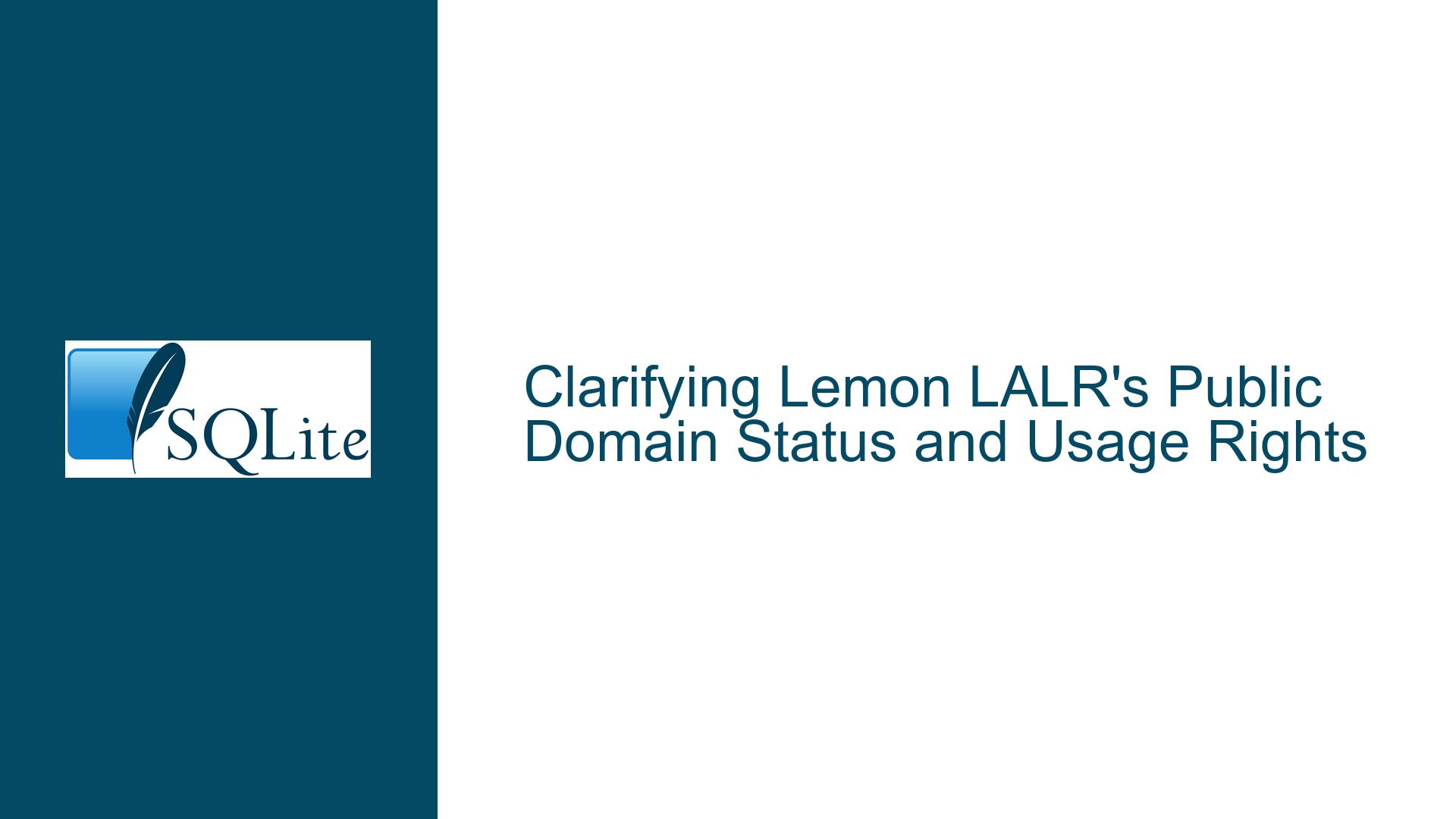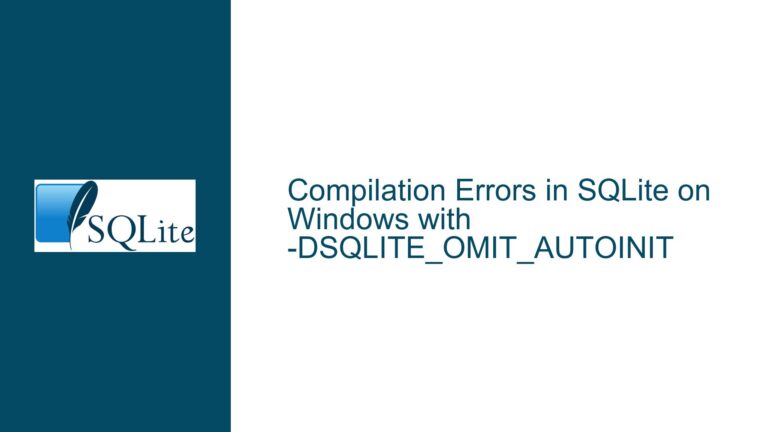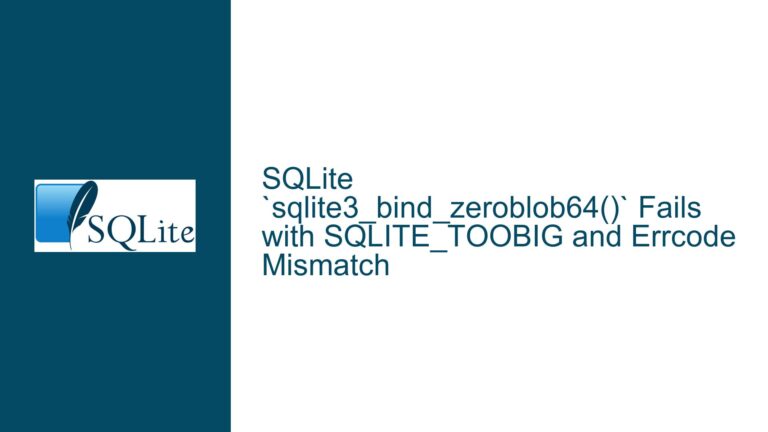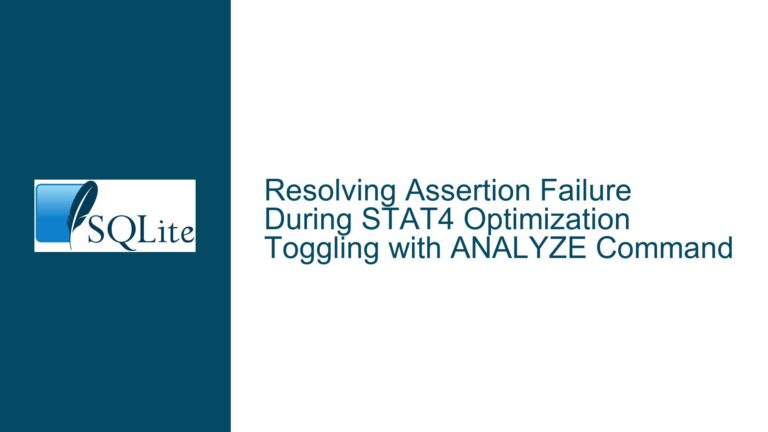Clarifying Lemon LALR’s Public Domain Status and Usage Rights
Interpreting Copyright Disclaimers in Lemon LALR’s Source Code
Issue Overview: Ambiguity in Licensing Status of Lemon LALR Parser Generator
The core issue revolves around determining whether the Lemon LALR parser generator – specifically its implementation in lemon.c – resides in the public domain or carries implicit licensing obligations. This uncertainty stems from the absence of explicit licensing terms in lemon.c’s header comments, coupled with conflicting interpretations of the phrase "the author of this program disclaims copyright." Lemon is a critical component of SQLite’s toolchain and has been widely adopted for parser generation due to its reliability and performance. However, developers integrating Lemon into commercial or open-source projects face legal ambiguity regarding redistribution rights, modification requirements, and warranty disclaimers.
The lemon.c source file contains a header stating the author "disclaims copyright," but does not explicitly use phrases like "public domain" or reference established licenses (MIT, BSD, Apache). This creates interpretative challenges because copyright disclaimers operate differently across jurisdictions. In some legal frameworks (e.g., the United States), dedicating works to the public domain requires specific formalities, while other countries (e.g., France) recognize unilateral copyright disclaimers as binding. The SQLite documentation for Lemon contradicts this ambiguity by explicitly declaring all Lemon components as public domain in lemon.html, further complicating the matter.
Key technical entities involved include:
- lemon.c: The primary source file containing the LALR parser generator logic
- lempar.c: A template parser file distributed with Lemon
- lemon.html: Official documentation asserting public domain status
- FSF (Free Software Foundation) guidelines: Interpretative framework for copyright disclaimers vs. public domain dedications
The legal risk profile varies by use case:
- Commercial projects requiring indemnification against IP claims
- GPL-licensed projects needing compatibility with Lemon’s terms
- Government/military systems with strict software provenance requirements
A developer’s failure to resolve this ambiguity could result in:
- License incompatibility lawsuits if Lemon’s status contradicts project licensing
- Supply chain vulnerabilities if downstream users challenge software provenance
- Wasted engineering effort if teams need to replace Lemon post-integration
Possible Causes: Jurisdictional Variance in Copyright Law and Documentation Conflicts
The ambiguity surrounding Lemon’s legal status arises from three primary factors:
1. Incomplete Copyright Renunciation in Source Headers
The lemon.c header states "the author disclaims copyright" without specifying whether this constitutes:
- A public domain dedication (irrevocable abandonment of rights)
- A non-assertion pledge (retaining copyright but promising not to enforce it)
- An implicit license grant with unspecified terms
In U.S. copyright law (17 U.S.C. § 302), authors cannot fully disclaim copyright without formal public domain dedication through mechanisms like CC0. By contrast, civil law jurisdictions like France recognize "droit d’auteur" moral rights that cannot be fully waived, making copyright disclaimers less definitive. This creates a conflict between the header’s text and jurisdictional requirements for public domain status.
2. Contradictory Assertions Between Code and Documentation
While lemon.c’s header ambiguously disclaims copyright, lemon.html (the official documentation) explicitly states:
"All of the source code to Lemon […] are in the public domain."
This creates two authoritative sources with conflicting messages:
- Source code suggests a non-standard copyright disclaimer
- Documentation asserts unambiguous public domain status
The discrepancy could stem from:
- Evolution of licensing intent over time without header updates
- Different authors handling code vs. documentation
- Assumption that "disclaims copyright" equates to public domain in all jurisdictions
3. Variance in Open Source License Interpretation
Organizations like the FSF and OSI maintain strict definitions of public domain dedications. The FSF considers copyright disclaimers functionally equivalent to public domain for practical use but cautions that some jurisdictions may still recognize residual rights. This creates interpretative forks:
- Developers in common law countries (U.S., Canada) may treat Lemon as public domain
- Developers in civil law countries (France, Germany) may require additional documentation
Furthermore, the SQLite project’s unique status as "public domain" software (verified by legal teams) creates an implied context for Lemon that may not withstand independent legal scrutiny.
Troubleshooting Steps: Validating Public Domain Status and Mitigating Legal Risk
Step 1: Source Code Audit for Copyright Markers
Begin by exhaustively analyzing all Lemon components:
lemon.c Header Analysis
- Original header text: "The author of this program disclaims copyright."
- Compare with known public domain dedications (e.g., SQLite’s header: "This software is in the public domain.")
- Search for contributor names or organizational copyright claims in commit history
Documentation Cross-Reference
- Validate lemon.html’s public domain claim against current version (trunk/doc/lemon.html)
- Check for temporal consistency: Ensure documentation updates align with source changes
Template File (lempar.c) Inspection
- Verify lempar.c contains matching licensing statements
- Confirm template usage doesn’t impose derivative work requirements
Step 2: Jurisdictional Legal Analysis
Engage legal counsel to perform:
Copyright Validity Assessment
- Determine if "disclaims copyright" meets public domain thresholds in your jurisdiction
- Example: U.S. requires explicit dedication via CC0 or similar; Germany prohibits full copyright abandonment
Risk Mitigation Strategies
- For high-risk projects: Obtain written confirmation from Lemon’s authors (Dr. Richard Hipp)
- For GPL projects: Document why public domain status makes Lemon GPL-compatible
- Commercial alternatives: Consider BSD/MIT-licensed parser generators as substitutes
Warranty and Liability Protections
- Mirror SQLite’s disclaimer: "No warranty – keep both pieces" in your documentation
- Implement EULA clauses indemnifying against Lemon-related IP claims
Step 3: Procedural Safeguards for Long-Term Use
Establish institutional protocols to maintain compliance:
Versioned Legal Snapshots
- Archive specific Lemon versions with contemporaneous legal analysis
- Use git submodules with frozen hashes to prevent accidental upgrades
Supply Chain Documentation
- Include Lemon’s provenance in SBOM (Software Bill of Materials)
- Document public domain rationale in LICENSE.md:
This project incorporates Lemon LALR parser generator (https://sqlite.org/lemon.html), which its authors have disclaimed copyright over and released to the public domain per accompanying documentation.
Contributor License Agreements (CLAs)
- Require contributors to warrant they haven’t introduced copyrighted Lemon modifications
- Implement CI checks for unexpected copyright headers in lemon.c derivatives
Step 4: Community Consensus Validation
Leverage collective wisdom from established open-source projects:
SQLite Derivative Usage Patterns
- Study how Firefox, Android, and other major projects use Lemon
- Review their licensing documentation for precedent
FSF/OSI Position Research
- FSF’s licensing team historically treats "disclaimed copyright" as public domain-equivalent
- OSI-approved licenses require explicit terms, making Lemon’s status a edge case
Patent Clearance Verification
- Audit Lemon’s algorithm history to ensure no patent-encumbered techniques
- Confirm with authors that no utility patents apply to Lemon’s output
Final Implementation Checklist
Before integrating Lemon:
- [ ] Verified lemon.c and lempar.c headers against latest SQLite trunk
- [ ] Obtained jurisdictional legal opinion on copyright disclaimer validity
- [ ] Added Lemon provenance documentation to project’s LICENSE file
- [ ] Configured build system to use unmodified Lemon distribution
- [ ] Trained team on Lemon’s legal status and derivative work boundaries
Post-integration monitoring:
- Subscribe to SQLite-announce for Lemon status changes
- Annual legal review of Lemon’s copyright standing
- Automated alerts for lemon.c header modifications in upstream
By systematically addressing the ambiguity through legal, technical, and procedural safeguards, developers can responsibly utilize Lemon LALR while mitigating IP risks. The weight of evidence (documentation claims, historical usage, author intent) strongly supports treating Lemon as public domain, but jurisdictional variations necessitate tailored compliance strategies.






